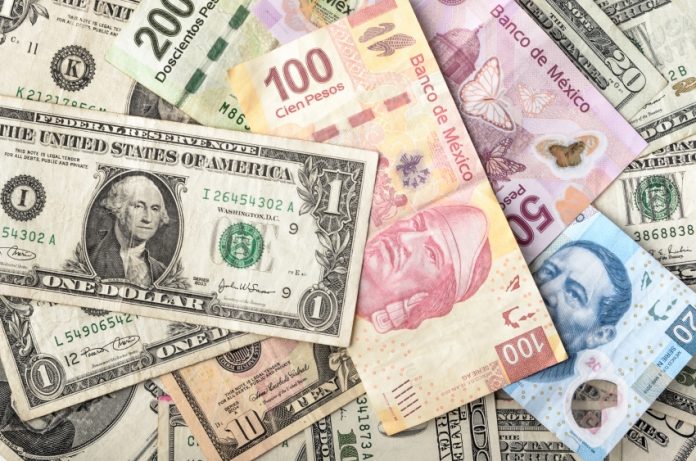There is a lot to celebrate with the recent strength of the Mexican peso. Mexicans have increased buying power to purchase imported goods and their peso takes them further on travels abroad. Multinational companies from countries like the U.S., Germany and Japan that have invested in Mexico show more profits when reporting in their home currency to headquarters. Mexican companies are able to buy equipment, machinery and raw materials from abroad at a lower cost.
However, there are some serious risks to the broader Mexican economy with such a rapid peso appreciation, especially in light of recent high inflation. Businesses and investors first and foremost require stability and predictability to continue to invest and grow. The accelerating strength of the peso this year has caught many businesses and individuals off guard. Any business that sells products in US dollars – and there are many – has been suffering as the peso appreciates against the greenback.
Let’s review a simple example to illustrate. Imagine your unit price for a good or service is US $100. Your cost in pesos at a 20 pesos to 1 US dollar exchange rate is US $90, leaving you an anticipated profit of US $10 (or 10%). But with the peso appreciation, your cost today is US $103.50, meaning that if you don’t increase your prices, you’ll lose money. Add to this the significant inflation of the past few years, and your costs are actually closer to US $120. To have the same 10% planned profit, you now need to charge customers US $132 – a total increase from US $100 to $132! This has all happened very quickly, and it feels like it’s making Mexico more expensive, almost overnight.
What problems can this cause? Businesses can handle relatively slow moves in inflation or currency exchange rates quite easily. They can make adjustments internally to reduce costs or slightly increase their prices. But when inflation or currency changes happen quickly, businesses often do one of two things, both of which are bad for the economy: they either increase prices very quickly to compensate, or they stop all further investment until things improve. In Mexico, there actually has been a double shock to businesses – first the high inflation, and then the peso strengthening.
There are examples in the past of both currency and inflation distorting and ultimately hurting an economy’s competitiveness. Both Brazil and Argentina in the late 90s had extremely strong currencies. I remember traveling there on business at that time, and the distortion was so painfully apparent. Hotels were US $400 a night, a dinner for one person was US $100 or more, all due to the strength of the local currency. Locals did not feel the pain as they were paying in local currency, but foreigners had very little incentive to travel or invest in these countries due to the very high costs.
In Mexico, this kind of situation would be disastrous. Mexico’s economy is highly dependent on US dollar inflows. Remittances from Mexicans abroad, international tourists spending in Mexico, expats coming to buy properties, and foreign businesses coming to Mexico to invest and hire are all hugely important to the Mexican economy and have been seriously impacted by the peso’s strength. At current peso levels, there is no doubt that inflows will start to be negatively impacted in one or more of these areas.
So, where do things go from here? A few potential scenarios:
- If the peso were to stabilize at current levels, it would allow everyone to catch up and take a breath. Businesses and individuals, with more certainty on the stability of the peso going forward, could resume normal activities.
- If the peso were to gradually weaken from current levels, in my opinion, this would be the best option for Mexico as it would strengthen the country as an affordable developing economy that is an attractive place to invest.
- If the peso were to continue to strengthen, and the country continues to become increasingly expensive for foreigners and foreign investment, there is a real risk of the brakes slamming on many of the US dollar inflows into the country. This would ultimately cause significant economic pain for the Mexican economy.
I think that the best thing that can happen from here is a continued decrease in Mexican inflation, back down to the government’s official target of 3%. This would allow the Mexican central bank to start to lower interest rates (which are currently a very high 11.25%). This in theory would stabilize or even slowly cause the peso to weaken. Of course, many global macroeconomic and political factors also could impact the economic situation, but this is not only an ideal scenario, it seems likely.
Mexico does not yet have the overall economic wealth, tax base, infrastructure, or levels of workforce training and education to be able to “afford” becoming an expensive country (unlike say, Korea and Japan). The best thing for the country’s future is predictability in inflation and currency exchange rates, leading to a continued steady flow of foreign investment into the country, which contributes to a positive feedback loop of improved education, healthcare, infrastructure, and living standards.
